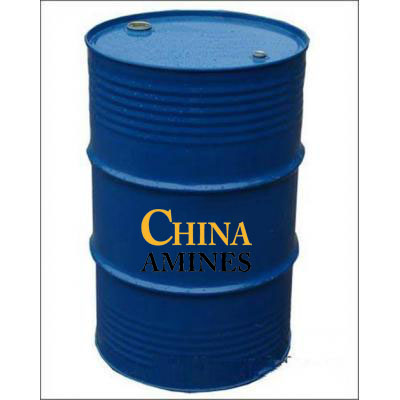1. Chemical Structure and Properties
Molecular Formula: C₈H₁₀ (three isomers: ortho-, meta-, and para-xylene)
Structural Formula:
Ortho-xylene: Two methyl groups on adjacent benzene carbons.
Meta-xylene: Methyl groups separated by one benzene carbon.
Para-xylene: Methyl groups opposite each other on the benzene ring.
Physical Properties:
Appearance: Clear, colorless liquid with a sweet, aromatic odor.
Boiling Point:
Ortho: 144°C; Meta: 139°C; Para: 138°C.
Density: ~0.86–0.88 g/cm³; Vapor Pressure: ~6–9 mmHg at 25°C.
Solubility: Immiscible with water; miscible with most organic solvents (e.g., ethanol, acetone).
Chemical Properties:
Reactivity: Undergoes electrophilic substitution (e.g., nitration, sulfonation) on the aromatic ring.
Combustible (flash point: ~25–30°C; autoignition temperature: ~465°C).
Stability: Stable under normal conditions but forms peroxides on prolonged exposure to air and light.
2. Industrial Applications
Solvent Industry:
Paints & Coatings: Key solvent for alkyd resins, enamels, and adhesives.
Printing Inks: Carrier solvent for lithographic and flexographic inks.
Chemical Feedstock:
Para-xylene (PX): Primary raw material for polyethylene terephthalate (PET) production via oxidation to terephthalic acid (PTA).
Ortho-xylene: Used to synthesize phthalic anhydride for plasticizers.
Laboratory Use:
Cleaning Agent: Removes oils and greases from laboratory equipment.
Fuel Additive:
Octane Booster: Blended into gasoline to enhance combustion efficiency.
3. Safety and Toxicology
Health Hazards:
Acute Exposure:
Inhalation (≥100 ppm): Dizziness, nausea, CNS depression (TLV-TWA: 100 ppm).
Skin Contact: Defatting action causes dermatitis; systemic absorption possible.
Ingestion: Moderately toxic (oral LD₅₀ rat: ~4,300 mg/kg).
Chronic Effects:
Neurotoxicity: Prolonged exposure linked to memory impairment and peripheral neuropathy.
Reproductive Toxicity: Limited evidence of developmental effects (EU CLP: H336).
Carcinogenicity: IARC Group 3 (not classifiable as carcinogenic to humans).
Protection Measures:
PPE: Nitrile gloves, organic vapor respirators, chemical goggles.
Storage: Fireproof containers in cool, ventilated areas away from oxidizers.
4. Environmental and Regulatory Compliance
Environmental Impact:
Air Pollution: High volatility contributes to ground-level ozone and smog (VOC classification).
Aquatic Toxicity: LC₅₀ (fish, 96h): 10–50 mg/L; toxic to aquatic organisms.
Biodegradability: Slow (OECD 301F: 20–40% in 28 days).
Regulatory Frameworks:
EU:
CLP Regulation: Classified as Flammable Liquid (Category 3), STOT SE 3 (H336).
REACH: Restricted in consumer products (Annex XVII) above 0.1% concentration.
USA:
OSHA PEL: 100 ppm (8-hour TWA); EPA: Regulated as a HAP under Clean Air Act.
China:
GB 13690-2009: Classified as Hazardous Chemical (Class 3.3).
Waste Management:
Incineration with energy recovery; adsorption via activated carbon for air/water treatment.
5. Case Studies and Application Insights
Case 1: PET Production (Indorama Ventures, 2023):
Process: Para-xylene oxidized to PTA, polymerized with ethylene glycol to produce PET resin.
Scale: 2 million tons/year capacity; 95% PTA purity achieved via catalytic distillation.
Case 2: Automotive Paint Reformulation (BASF, 2022):
Challenge: Reduce xylene content in waterborne coatings without compromising drying time.
Solution: Replaced 30% xylene with bio-based solvents (e.g., methyl soyate).
Result: 25% lower VOC emissions with comparable film hardness.
Comparative Analysis:
Xylene vs. Toluene:
Pros: Higher solvency for resins; lower acute toxicity.
Cons: Slower evaporation rate; higher environmental persistence.
Specifications:
Xylene is a colorless, flammable aromatic hydrocarbon mixture (ortho-, meta-, and para-isomers) with ≥99% purity, commonly used as a solvent in coatings, printing, rubber, and chemical synthesis.


